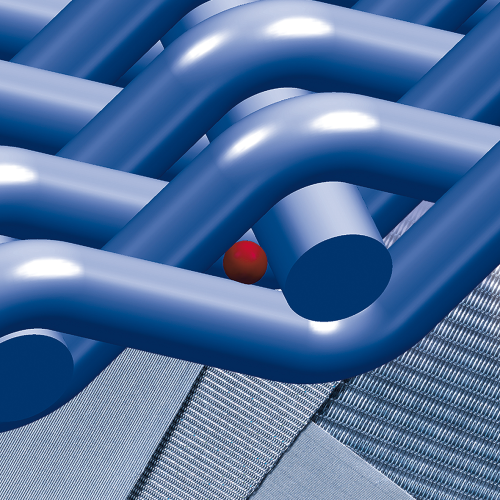
The move follows a collaboration between the company and the University of Stuttgart into the specific properties of a woven wire mesh.
Compared to other filter media, woven wire mesh may be precisely described geometrically and defined through the type of weave, wire diameter and mesh count.
That means the geometric pore size and permeability can be precisely calculated without the need for exhaustive measuring methods.
A characteristic value is determined for the geometric pore and describes the diameter of a round sphere that is just able to pass through the wire mesh. The pressure drop coefficient for air in laminar flow is used for determining permeability.
The mathematical formulae behind this process experimentally validated by glass bead tests and air flow-through measurements. The result was Haver & Boecker was able to develop new filter weave structures for Minimesh with properties it says were once thought impossible to attain.
New filter elements tailored to the requirements of the user can be designed without the need for time-consuming and costly trials.
Haver & Boecker says advantages include precision pore determinable by calculation; precise filter weave for an efficient filtration; higher flow-through properties and higher cut-point and efficiency.
The new Minimesh filters will be unveiled at the FILTECH trade fair in Cologne, Germany from February 24 – 26.





